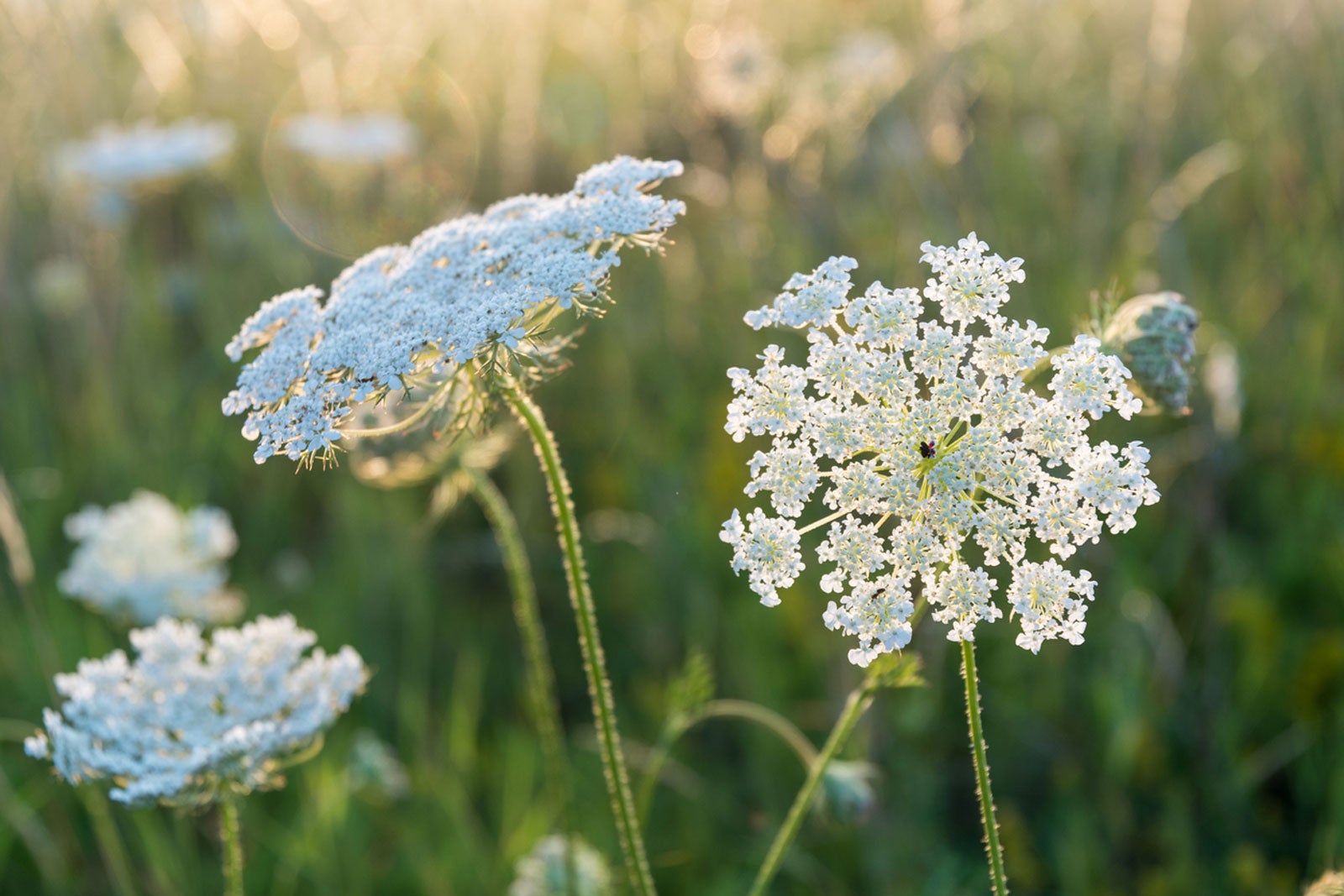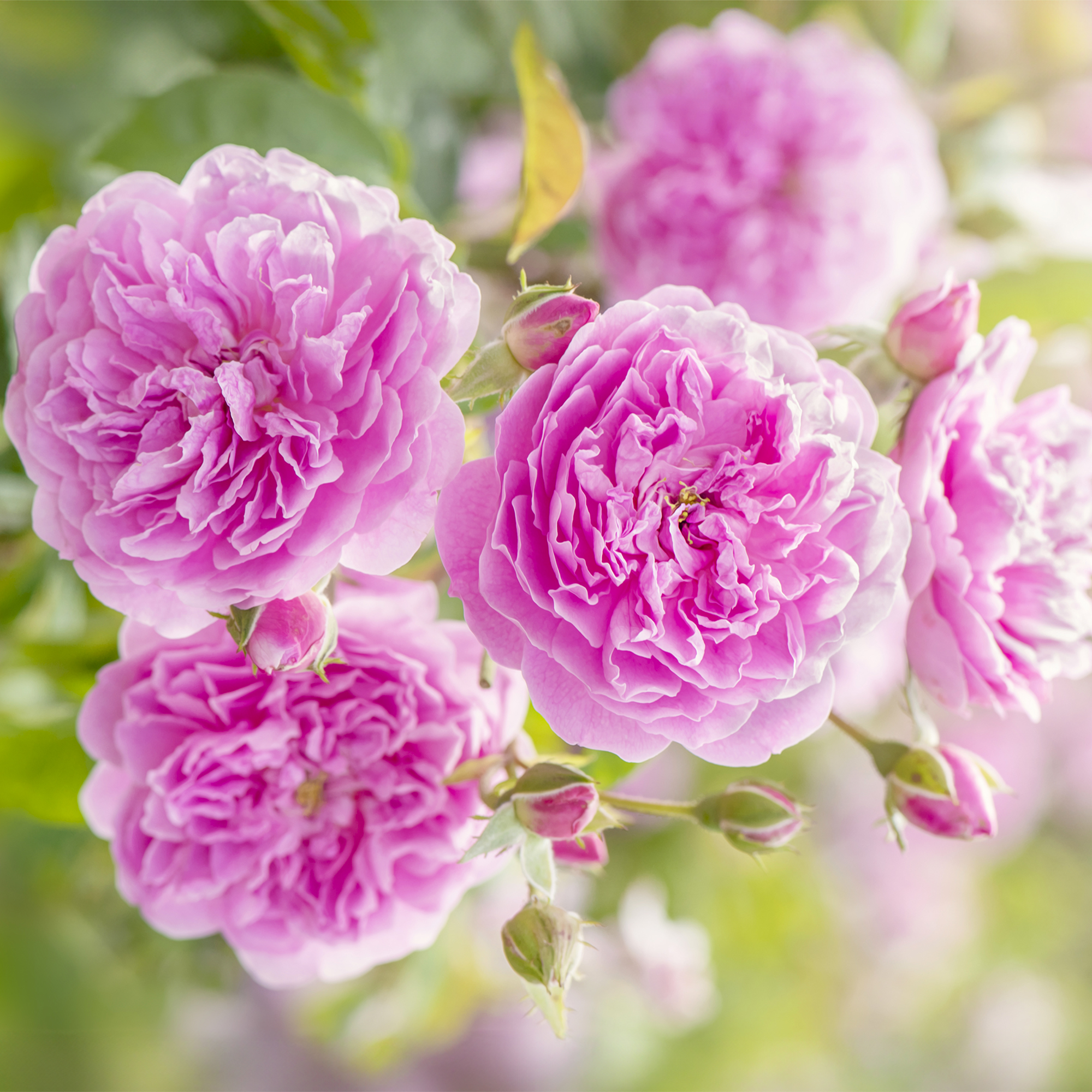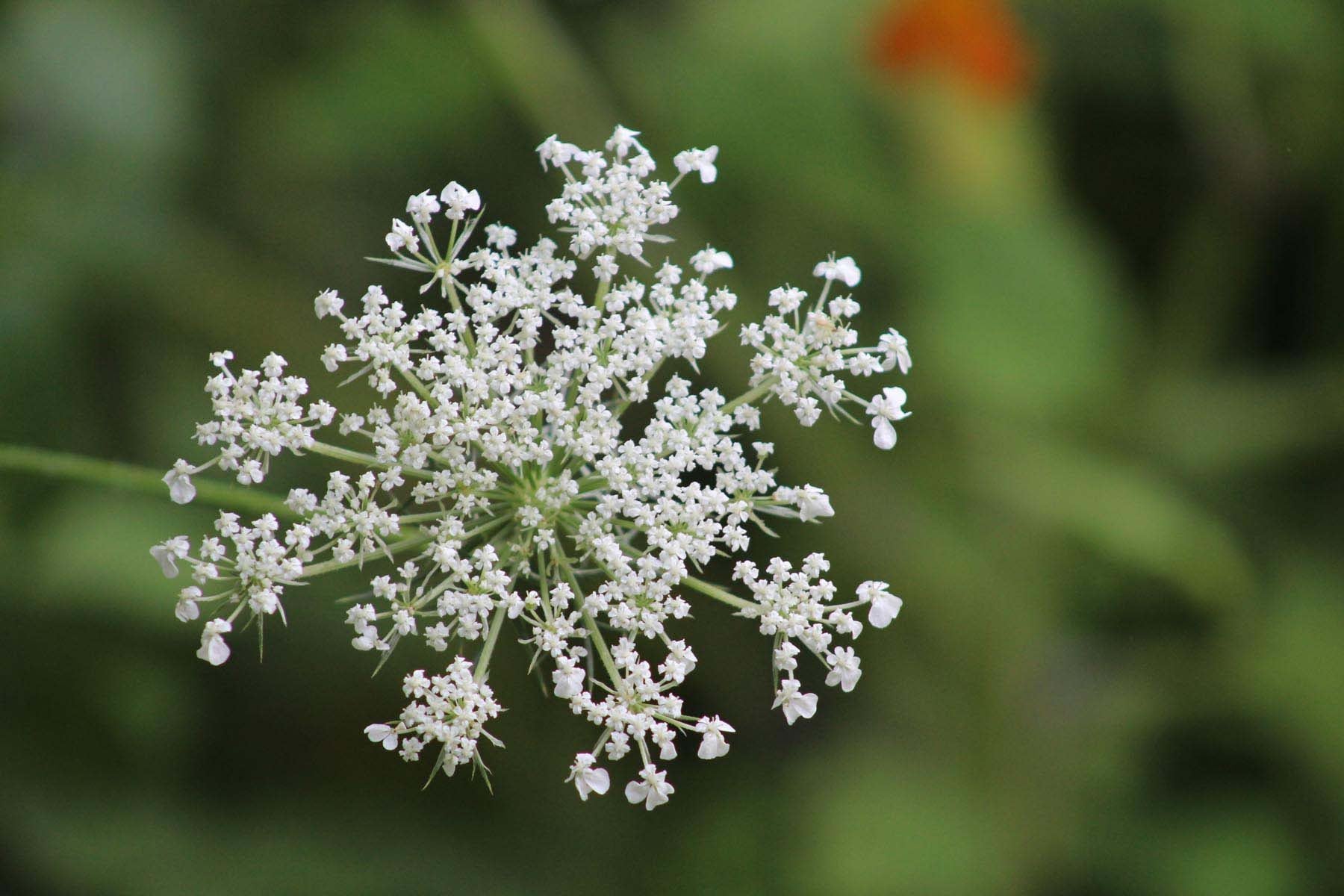The Queen Anne's Lace Plant - Growing Queen Anne's Lace And Its Care


The Queen Anne's lace plant, also known as wild carrot, is a wildflower herb found in many parts of the United States, yet it was originally from Europe. While in most places the plant is now considered an invasive weed, it can actually be an attractive addition to the home in a wildflower garden.
Note: Before considering adding this plant to the garden, check with your local extension office for its invasiveness status in your area.
About the Queen Anne's Lace Plant
Queen Anne's lace herb (Daucus carota) can reach heights of about 1 to 4 feet (31-120 cm.) high. This plant has attractive, fern-like foliage and tall, hairy stems that hold a flattened cluster of tiny white flowers, with a single dark-colored floret just off its center.
You can find these biennials in bloom during their second year from spring on into fall. Queen Anne's lace is said to have been named after Queen Anne of England, who was an expert lace maker. Legend has it that when pricked with a needle, a single drop of blood fell from her finger onto the lace, leaving the dark purple floret found in the flower's center.
The name wild carrot derived from the plant's past history of use as a substitute for carrots. The fruit of this plant is spiky and curls inward, reminiscent of a bird's nest, which is another of its common names.
Difference between Queen Anne's Lace and Poison Hemlock
The Queen Anne's lace herb grows from a taproot, which looks much like a carrot and is edible when young. This root can be eaten alone as a vegetable or in soup. However, there is a similar-looking plant, called the poison hemlock (Conium maculatum), which is deadly.
Many people have died eating what they thought was the carrot-like root of Queen Anne's lace plant. For this reason, it is vitally important to know the differences between these two plants, though it's probably safer to avoid eating it altogether. Fortunately, there is a simple way to tell the difference.
Gardening tips, videos, info and more delivered right to your inbox!
Sign up for the Gardening Know How newsletter today and receive a free copy of our e-book "How to Grow Delicious Tomatoes".
Both poison hemlock and its cousin, fool's parsley (Aethusa cynapium) smell disgusting, while Queen Anne's lace smells just like a carrot. In addition, the stem of the wild carrot is hairy while the stem of poison hemlock is smooth.
Growing Queen Anne's Lace
Since it is a native plant in many areas, growing Queen Anne's lace is easy. However, it's a good idea to plant it somewhere with adequate space to spread, otherwise, some type of barrier may be necessary to keep the wild carrot in bounds. This plant is adaptable to a variety of soil conditions and prefers sun to partial shade.
Queen Anne's lace also prefers well-draining, neutral to alkaline soil. While there are cultivated plants available for purchase, you can also gather a handful of seeds from wild plants in the fall. There is also a similar look-alike plant called bishop's flower (Ammi majus), which is far less intrusive.
Care for Queen Anne's Lace Herb
Caring for Queen Anne's lace plant is simple. Other than occasional watering during times of extreme drought, it requires little care and doesn't need fertilizing. To prevent the spread of this plant, deadhead Queen Anne's lace flowers before the seeds have a chance to disperse. In the event that your plant gets out of control, it can easily be dug up.
However, you'll have to make certain that you get up the entire taproot. Wetting the area beforehand usually makes this task much easier. One note of caution to keep in mind when growing Queen Anne's lace is the fact that handling this plant may cause skin irritation or an allergic reaction in overly sensitive individuals.

Nikki Tilley has been gardening for nearly three decades. The former Senior Editor and Archivist of Gardening Know How, Nikki has also authored six gardening books.
-
 What’s Wrong With Your Azaleas? Identify, Tackle And Prevent 6 Common Azalea Pests
What’s Wrong With Your Azaleas? Identify, Tackle And Prevent 6 Common Azalea PestsIf you’ve spotted signs of azalea leaf damage, don’t panic – here’s how to identify the most common azalea pests so you can take action swiftly and keep plants healthy
-
 How Much Sun Do Roses Need To Grow? Understanding Rose Light Requirements
How Much Sun Do Roses Need To Grow? Understanding Rose Light RequirementsDiscover how much sunlight your roses really need to grow strong, bloom beautifully, and stay healthy all season long.
